#unknown specimen 3
Text
daidaidaikirai...
116 notes
·
View notes
Text

Spooky!
(erm also blood warning for the version underneith!!!

47 notes
·
View notes
Note
Could you draw spooper's parasite?

You ask and you shall receive
#sjsm#spookys jumpscare mansion#spookys house of jumpscares#spooky’s jumpscare mansion#spooky's jumpscare mansion#unknown specimen 3#spooper#sorry I haven’t been very active lately#I’ve been unmotivated to draw
16 notes
·
View notes
Text
Tutorial on how to handle Spooper
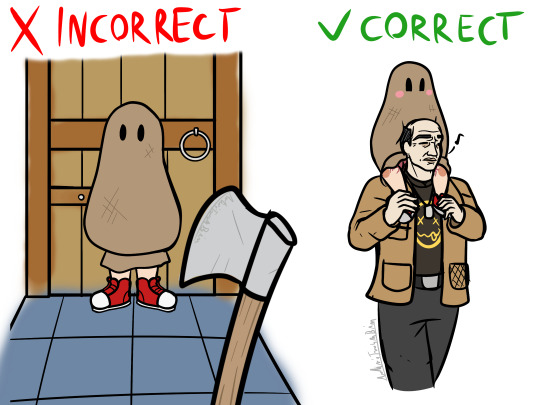
#spooky's jumpscare mansion#spooky's house of jumpscares#spooper#specimen 12#the old man#meme#i completed it after I had sufffered headache the previous evening#Also I wish we could carry spooper in game#doodle#unknown specimen 3
34 notes
·
View notes
Text

Accurate depiction of my first legit endless mode run (I made it to 376 rooms before Ringu got me)
Bro appeared FOUR times I kid you not
#spooky's house of jumpscares#spooky's jumpscare mansion#sjm spooper#spooper#unknown specimen 3#my edits
97 notes
·
View notes
Note
Very important question for the unknowns, did you know that eggs are a type of fruit
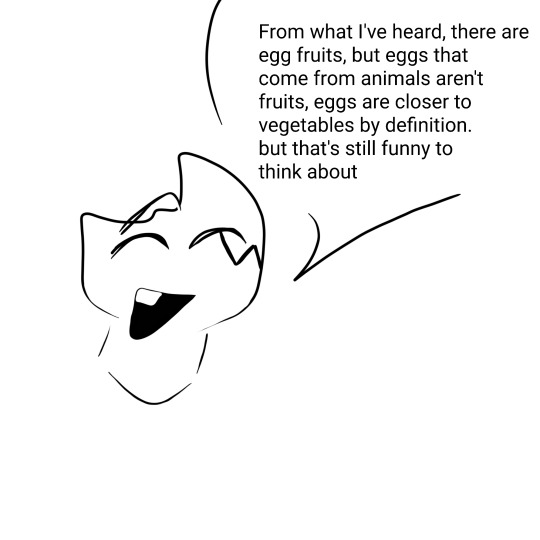




#sjm#shojs#ask blog#unknown specimen 5#lisa#unknown specimen 4#sjsm#shoj#spookys jumpscare mansion#spookys house of jumpscares#spooky's jumpscare mansion#spooky's house of jumpscares#unknown specimen 2#unknown specimen 3#unknown specimen 1#whiteface#white face#imscared#otto the otter#spooper#tirsiak#specimen 7#hooky#hooked doll#spooky's dollhouse
47 notes
·
View notes
Text
i don't really like this one ermmm anyway hi gang whats crackalakin
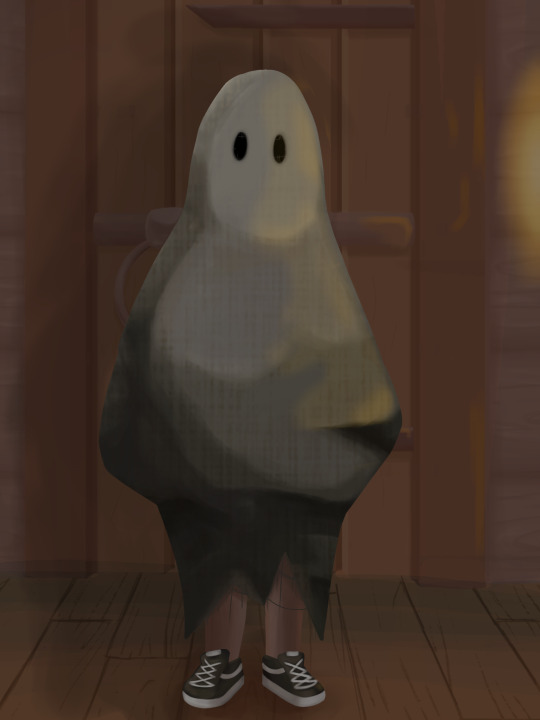
made both of the posts from today a while ago but i forgot to post them here (no one cares) because im STUPID
7 notes
·
View notes
Text
YOU KNOW WHAT HEADCANON FOR UNKNOWN SPECIMEN 3 THAT I JUST THOUGHT OF okok so you know that they looks like spookys old friend (I assume friend!) from the secret in the main story mode

SO PERSONALLY WHAT I LIKE TO THINK IS THE DEAL WITH THIS FELLA is that mayhaps the sillay ghost kid went to the mansion (SOMEHOW IDK HOW THEYD THINK THIS IM NOT THAT THOROUGH) because like ooo rumors what if theyre old friends there idk??? and like obviously spooky knows them SO BOOM they get specimen beamed since we know spooky can do that as seen in the bad ending :3c
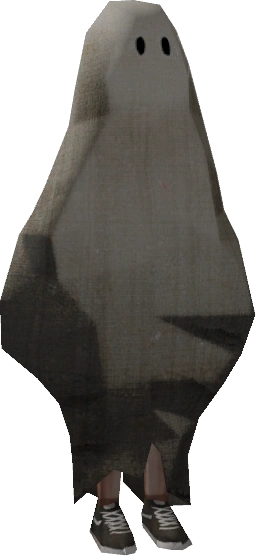
extra spooper for funsies
#spookys jumpscare mansion#sjsm#unknown specimen 3#spooper spookys#YEAH IK THIS ISNT PERFECT but its all for fun!!!
6 notes
·
View notes
Note
spooper headcanons?
Lots of SJSM fans consider them as sweet little guy. I think they are not. This kid is goddarn mischievious, absolutely wicked. /hyp and /j of course, but I think their act of standing in front of doors is done out of spite rather than childish ignorance. Imagine it as the classmate you had when you were young that intentionally created inconveniences and blocked people's paths because they were angry. Spooper's kind of like that. I went with this because there is no reason why they have to stand directly in front of the door like that. Not for attention. Even if a fly danced around in the corner of a corridor in Spooky's, it would be noticeable because it's a haunted mansion and being in a haunted mansion makes you aware of everything. Instead, they want to either be proven how much you hate them, because of course you do, or be shown a glint of politeness and tolerance and not be violently hit by an axe. As much as they want to irritate you, if the game allowed and you decided to sit down and try to talk to them nicely, they would leave. It's just that something like this have only ever happened 3-4 times in the mansion. Poor Spooper.
Now for a short one after that bulk of paragraph: Non-verbal Spooper is cool.
Was neglected from sufficient care during their last few years of life battling terminal illness. Spooper's parents liked, but never really bothered all that much about what they wanted or who they were as a person. They accepted their fidgety behaviours and awkward personality, but did not encourage them further to love themselves as they are. Children are good as happy healthy normal additions to the family and bloodline continuers, but replaceable once they're too hard to handle. That's what happened with Spooper after brain cancer treatment. They once overheard their parents comparing them to a parasite sucking the family income dry, but that's not what upset them. They thought they loved them, would do anything to be with them. Apparently it's easy to dislude both your child and yourself that you gave a shit about them. "Apparently it's easy to dislude me and yourself that you gave a shit about me. As soon as I start getting in your way, you'll despise me." Something like that. Just want everybody to know that I did NOT have any idea about their backstory before writing this post. Spooper was just silly creepy little trickster ghost kid to me. Truly demonstrates how a interesting analysis/interpretation of a character's trivial gesture can rot my brain.
Didn't get out that much even back when they were healthy, so Spooper, now living freely in the mansion, loves running around everywhere when there are no visitors nearby. Recently realized that many of the residents here are pleasant to them. They are happy now. :)
Suffers some memory loss. Can't remember much about people who they once known, except people liked them until they found an excuse not to. They do not remember their ex-friend Spooky or how her death left them with barely any confidants in middle school. Spooky remembers them though, and tries not to think about that. It's so fucking awkward when the bitter spirit you enrolled in your ghost army for their environment-controlling and biologically-mutating abilities turned out to be your childhood friend.
Spooper likes cheese.
#sjsm#shojs#sjm#spooky's jumpscare mansion#spooky's house of jumpscares#spooky’s jumpscare mansion#sjm headcanons#shojs headcanons#sjsm headcanons#spooper#unknown specimen 3
13 notes
·
View notes
Text

That One Unknown Specimen But A Pokemon
6 notes
·
View notes
Text



sjsm doodles that I did because I suddenly remembered it
#every goddamn time I think to myself “hey maybe I've moved on from sjsm” I am dragged back to the aether#I'm not that mad though I really like sjsm. it just has such a small fandom </3#ugh I forgot how to tag these mfs#spookys house of jumpscares#spookys jumpscare mansion#sjsm#specimen 8#specimen 10#unknown specimen 4#been drawing more specimens recently. it's a nice break from my usual doodle subjects#which require me to know how to draw skulls and boxes and basic human anatomy. good practice but. makes me sad after a while
24 notes
·
View notes
Note
Spooper where do you get those cool shoes? They look adorable!

“Thank you! But I must keep my secrets.”
#sjsm#spookys jumpscare mansion#spookys house of jumpscares#spooky’s jumpscare mansion#spooper#unknown specimen 3#is this an among us reference#yes it is#I’m so sorry#among us among us among us among us
11 notes
·
View notes
Text
Barbara and Spooper

A big sis and small brother of sorts
Spooper is just too innoncent for his own good, ok? The moment he met Barbara, he immediately assumed she is his new sister and not a host
they seem to get along
And I love barbara in this witch academia style
#barbara strawberry#spooper#specimen 5#unknown specimen 3#spooky's jumpscare mansion#spooky's house of jumpscares#doodle#art#piece of sketchbook
15 notes
·
View notes
Text
THREE NEW SHARK SPECIES THIS WEEK!
The second week of July 2023 something extraordinarily beautiful happened, the findings of 3 new species of sharks for were announced
A new angel sharks species was identified, from the western Indian Ocean on the Mascarene Plateau and off southwestern India in 100–500 m depths, the Lea’s angel shark Squatina leae, was recognized to be different genetically and morphologically distinct from its congeneric species Squatina africanae, following unique morphological features. This species was first detected in 1988 after finding three unusual, small sharks, but till today was completely understood. The angel shark is named after one of the author’s fiancee’s late sister, Lea-Marie Cordt.

- Squatina leae, adult male, in dorsolateral.
Angel sharks are “flatter sharks”, possesing distinctly broad, dorsoventrally flattened bodies, a short snout with large mouth and nostrils, eyes on top of the head close to the large spiracles, very large pectoral fins, and a lateral caudal keel. They've evolved to be ambush predators, they lie in wait for prey to pass closely overhead before attacking.
Reference (Open Access): Weigmann et al., 2023. Revision of the Western Indian Ocean Angel Sharks, Genus Squatina (Squatiniformes, Squatinidae), with Description of a New Species and Redescription of the African Angel Shark Squatina africana Regan, 1908. Biology
From North Australia, another species of hornshark is described based on six whole specimens and a single egg case. The painted hornshark Heterodontus marshallae was previously considered to be the same with the zebra bullhead shark another well know bullhead shark from the central Indo-Pacific from Japan to Australia, but genetic and morphological analyses indicated the sharks were different, but looking alike. The painted hornshark is endemic to northwestern Australia and occurs in deeper waters, at 125–229 m below surface.

- Lateral view of two mature female painted hornshark Heterodontus marshallae showing small differences between individuals
The painted hornsharks is named in honour of Dr. Lindsay Marshall www.stickfigurefish.com.au a scientific illustrator and elasmobranch scientist who expertly painted all the sharks and rays of the world for the Chondrichthyan Tree of Life Project.
Reference (Open Access): White et al., 2023 Species in Disguise: A New Species of Hornshark from Northern Australia (Heterodontiformes: Heterodontidae). Diversity.
And from an unidentified shark egg collected from the deep waters of northwestern Australia, in 2011 recently helped researchers identify a new species of deep water cat shark. Called ridged-egg catshark Apristurus ovicorrugatus after its eggs, it was collected in the earlys 90 but remained unknown to date. This sharks presents white eyes, and is small in size, reaching less than a half meter in length. .
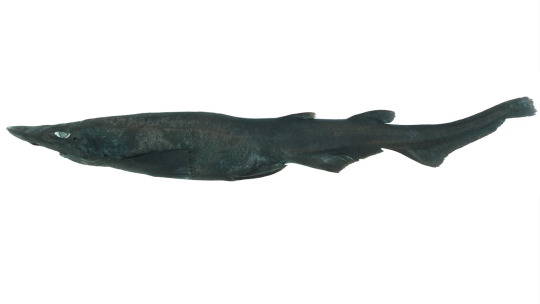
- Lateral view of female Apristurus ovicorrugatus before preserved. Photo by CSIRO.
Egg cases belonging to this species had been documented as early as the 1980s, but could not be matched to any species of Australian shark until recently scientists examined a shark specimen of previously uncertain identity in the CSIRO collection.

-egg cases of Apristurus ovicorrugatus. Scale bar is 10 mm
Reference (Open Access) White,et al., 2023 What came first, the shark or the egg? Discovery of a new species of deepwater shark by investigation of egg case morphology. Journal of Fish Biology.
#Squatina leae#Squatina#new species#elasmobranch#shark#biology#marine biology#science#marine science#indian ocean#bioblr#sciblr#sci#painted hornshark#Heterodontus marshallae#Heterodontus#Apristurus ovicorrugatus#Apristurus#long post#Ridged-egg catshark#Lea’s angel shark
3K notes
·
View notes
Text
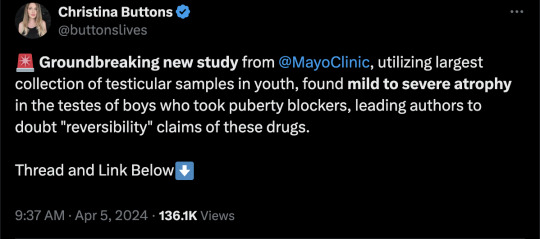

By: Christina Buttons
Published: Apr 4, 2024

[ Figure 2: Representative images of Hematoxylin and Eosin-stained sections of testicular tissue biopsied from the testis from GD patients (A) with and (B) without PB exposure. ]
In a groundbreaking study from the Mayo Clinic, a globally recognized leader in medical research and patient care, researchers examined the effects of puberty blockers on testicular development in gender dysphoric male children. Their investigation revealed evidence of mild to severe atrophy in the sex glands of these children, leading the authors to express doubt in the claims of “reversibility” often made about puberty blockers.
The authors assert, “We provide unprecedented histological evidence revealing detrimental pediatric testicular sex gland responses to [puberty blockers].”
This preprint study, not yet peer-reviewed, presents evidence that puberty blockers induce significant cellular changes, impacting testicular development and sperm production in ways that are not fully reversible, with potentially permanent effects on testicular function and fertility. It challenges the longstanding view of puberty blockers as a reversible "pause button" on puberty.
As noted by the researchers of this study, no long-term studies exist for the use of puberty blockers in the context of stopping puberty for gender dysphoric children, and many potential health consequences remain unknown. In particular, the long-term impact on reproductive health is uncertain, making this study critical for filling this knowledge gap.
To address these unknowns, the Mayo Clinic has established the largest collection of testicular samples for patients aged 0-17 years, including those with gender dysphoria who have and have not yet received puberty blocker treatment, creating a database of over 130,000 individual cells for analysis.
Using a novel approach, the research team meticulously analyzed testicular tissue samples from youths undergoing puberty blocker treatment, with those not on puberty blocker treatment serving as controls. This comparison provides important insights into the potential cellular and molecular changes induced by these drugs.
Key Findings
The study utilized the Mayo Clinic's Pediatric Testicular Biobank for Fertility Preservation, which has been recruiting patients primarily from pediatric urology departments since 2015. Researchers analyzed testicular specimens from 87 young individuals (ages 0-17) undergoing fertility preservation surgery for various health reasons. Among these, 16 were gender dysphoric boys between the ages of 10 and 16, all of whom began identifying as transgender girls between the ages of 2 and 15. At the time of surgery, 9 patients (56%) were already on puberty blockers, with exposure ranging from 3 to 52 months. The authors noted that 100% of the 16 children would eventually go on to take them, highlighting “the widespread nature of PB intervention in this demographic.”
Among nine patients treated with puberty blockers, two exhibited unusual features in their testicles upon physical examination. One patient had abnormalities in both testicles, including incomplete development of the tunica albuginea, which is a protective covering around the testicles. The other patient had a right testicle that was difficult to detect.
In one part of the tissue-level analysis, over 400 testicular biopsy samples were analyzed and stained to examine the differences between those treated with puberty blockers and those who were not. Comparisons showed that testicular development in those treated with puberty blockers was abnormal compared to non-treated individuals. There was variability in how individuals responded to puberty blockers, leading to different outcomes in testicular development, including the degeneration of testicular tissues.
The study authors presented a case of a 12-year-old patient who underwent treatment with puberty blockers for 14 months. In this individual, 59% of the sex glands showed complete atrophy, along with the presence of microlithiasis—a condition where small clusters of calcium form in the testicles. This insight suggests that puberty blockers could lead to lasting structural changes. Additionally, research has shown a link between testicular microlithiasis and testicular cancer.

[ D) Representative images of normal (top) and fully atrophied sex gland (bottom). ]
This study also utilized single-cell analysis to investigate the effects of puberty blockers and aging on testicular cell composition. It took a very detailed look at individual cells from the testicles of a 14-year-old who had been on puberty blockers for over 4 years. The study analyzed a total of 130,100 cells, including 11,199 cells from the juvenile puberty blocker-treated patient.
The study observed that over 90% of the cells responsible for sperm production in this patient were stunted at an early developmental stage, unable to progress further. Additionally, it found "pathologically" higher and lower levels of two types of support cells (Sertoli cells) necessary for healthy sperm development. These findings suggest that puberty blockers can disrupt the normal maturation process of cells critical for sperm production.
In another part of the analysis, the authors found distinct cell-specific changes, including altered expression patterns of puberty-associated genes in endothelial cells, due to puberty blocker treatment. The authors believe that these drugs might induce juvenile testicular atrophy in part by disrupting the normal function of testicular endothelial cells.
Another aspect of the study focused on examining the effects of puberty blockers on the genetic activity of early-stage sperm cells, revealing significant changes that could potentially influence their development and fertility. By analyzing the activity of specific genes within these cells, the researchers found that puberty blockers may have caused alterations in gene expression, affecting processes crucial for the normal growth and function of these cells. This analysis suggests that the use of puberty blockers in gender dysphoric youth could have lasting implications for their reproductive health, particularly by impacting the ability of these early-stage sperm cells to mature properly.
Study Impact
Puberty blockers are increasingly used as a treatment for gender dysphoric youth to halt the development of secondary sex characteristics, such as breast development and widening of hips in females, or the growth of facial hair and deepening of the voice in males. Thousands of children in the United States are placed on this medical pathway as part of the gender-affirming model of care, under the presumption that these drugs are safe and fully reversible.
However, many aspects of the long-term consequences of puberty blockers, which have been administered to children off-label in an experimental manner, remain unknown. This study contributes valuable insights into the potential irreversible harm these treatments can cause to bodily and reproductive functions.
Arguably, the most critical finding is the evidence of mild to severe sex gland atrophy in children treated with puberty blockers. This atrophy signifies potential damage or impairment to the structures essential for sperm production, raising serious concerns about the long-term fertility impacts of these drugs for these individuals.
Given the Mayo Clinic's esteemed reputation in the medical and research communities, should the study pass peer review without any issues, its findings will carry significant weight.
Broader Implications
Puberty blockers belong to a group of synthetic gonadotropin-releasing hormone (GnRH) analogues. These drugs act on the pituitary gland to hinder the release of chemical signals that typically trigger the production of estrogen and testosterone. Historically GnRH analogues were used to treat conditions such as prostate cancer, fibroids, and endometriosis and, in some cases, as a measure to chemically castrate sex offenders.
In children, puberty blockers prevent the natural changes of puberty driven by sex hormones and have been used to treat central precocious puberty, a condition where a child begins to sexually mature much earlier than usual. In gender dysphoria, puberty blockers are administered experimentally, lacking long-term testing.
Notably, the U.S. Food and Drug Administration (FDA) has not approved puberty blockers and sex hormones for use in pediatric gender care. No clinical trials have substantiated the safety of these drugs for such non-approved applications and manufacturers of puberty blockers have repeatedly declined to conduct safety trials for their use on this cohort.
While puberty-blocking drugs are often promoted as “safe,” "reversible" and a "pause button" on puberty, these characterizations seem to stem from their approved use for treating central precocious puberty in younger children, not their burgeoning off-label use for managing gender dysphoria in adolescents.
Past studies have indicated possible negative effects on bone density and brain health. There is also a concern that these drugs might solidify gender dysphoria in adolescents, potentially leading them down a lifelong road of biomedical interventions. Following reports in 2016 of suicidal ideation in children administered puberty blockers, the FDA instructed drug manufacturers to include a warning about potential psychiatric issues on the drugs' labels.
Puberty blockers are increasingly administered to adolescents at Tanner Stage 2, the first signs of puberty. Research shows administering puberty blockers at this stage, followed by cross-sex hormones, may result in infertility, sterility, and sexual dysfunction. Furthermore, they inhibit the development of mature male genitalia, making it difficult to create a pseudovagina in the event of a later vaginoplasty due to a lack of sufficient tissue.
The National Health Service England recently announced it would no longer prescribe puberty blockers to youth outside of research settings and closed down its only national clinical service for pediatric gender medicine, following a review that deemed the service "not safe.”
Several European countries, including Sweden, Finland, the UK, Denmark, and Norway have updated their guidelines for youth transition to align with systematic evidence reviews, the gold standard in evidence-based medicine. These reviews concluded that the risks associated with youth transition outweigh any purported benefits. Consequently, these countries have implemented restrictions on medical interventions, prioritizing psychotherapy as a first-line response for minors experiencing gender-related distress.
==
They're sterilizing boys and giving them cancer. When "god" does it, we call him evil. When humans do it, we call it "gender affirming care."
#Christina Buttons#puberty blockers#atrophy#medical scandal#medical malpractice#medical corruption#sterilization#fertility#irreversible#gender affirming care#gender affirming healthcare#gender affirmation#queer theory#gender ideology#gender identity ideology#intersectional feminism#religion is a mental illness
188 notes
·
View notes
Note
Hey Spooks! Which of the specimens did you summon from the hellgate, which ones did you transform yourself, and which ones where just sort of.. There?



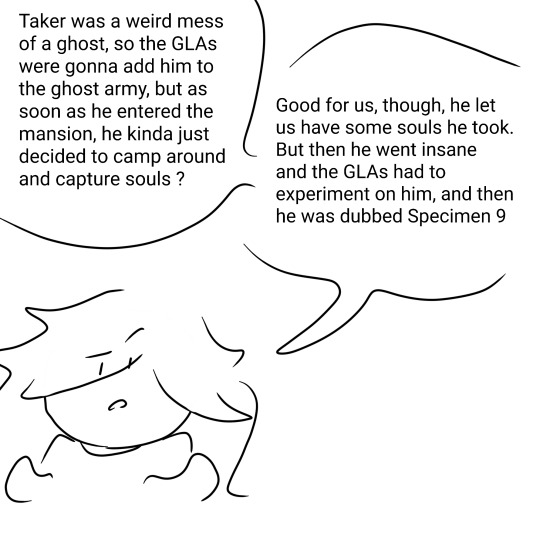
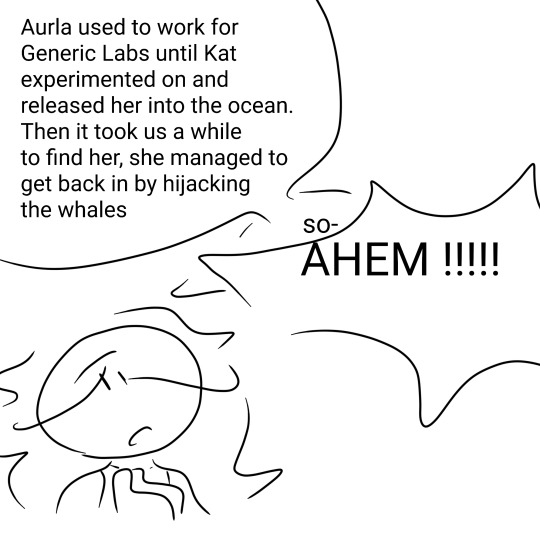

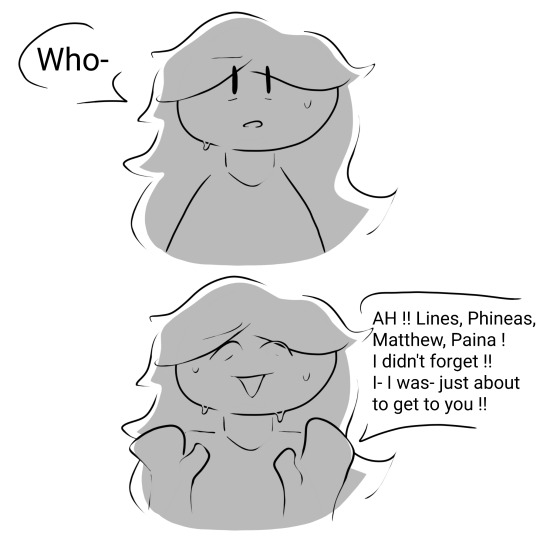
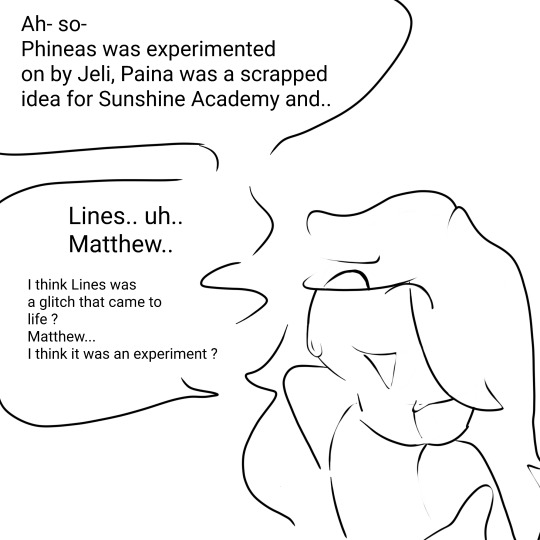
The easter eggs aren't very.. memorable
#sjm#shojs#ask blog#unknown specimen 5#specimen 5#bekka#lisa#specimen 10#specimen 13#specimen 6#specimen 8#unknown specimen 2#unknown specimen 3#unknown specimen 1#unknown specimen 4#specimen 2#specimen 3#specimen 4#specimen 7#specimen 9#specimen 11#specimen 12#specimen 14#spookys jumpscare mansion#spookys house of jumpscares#spooky's jumpscare mansion#spooky's house of jumpscares#karamari hospital#easter egg specimen#Spooky's Jumpscare Mansion easter eggs
18 notes
·
View notes